Green Tea
Green tea supposedly has many positive effects on the body and mind. Fact is: It definitely soothes both body and mind to put some time aside for an originally serene green tea ceremony. High quality green teas can be steeped up to 5 or 6 times while subtly changing their colour and taste each time. Original Chinese and Japanese tea ceremonies appreciate these subtleties in green tea and put a certain effort into them.
Green tea is made from the same tea leaves as black tea, but it does not undergo the same oxidation procedure in production. Instead, its leaves are dried without fermentation, which results in a very fresh and sometimes grassy flavour. The exact production steps differ, especially between the main production countries China and Japan. For a taste of the subtle differences, try a Chinese variant next to the Japanese style.
CHINA
It is very popular in China to flavour green tea with the intense fragrance of jasmine. The premium ALTHAUS tea Jasmine Pearls Bai Jin is rolled by hand into compact pearls that smell and taste amazingly subtle of blossoms and unfold spectacularly when brewed.
JAPAN
Try the ALTHAUS Sencha Senpai tea for a taste of the Japanese tea flavour. Sencha is the most popular green tea in Japan. It has a dark uniform leaf, a delicately tangy flavour and a yellow-green colour.
-
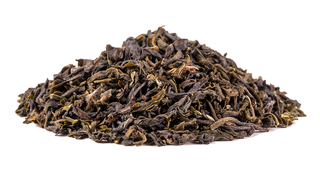
Green Himalajian
Green tea -

Superior White
Green tea -
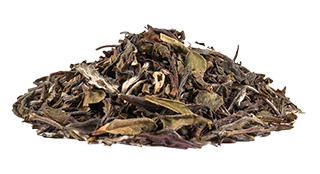
Royal Pai Mu Tan
Green tea -
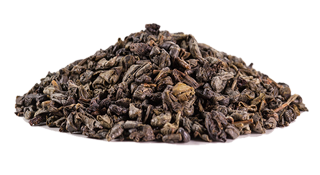
Gunpowder Zhu Cha
Green tea -

Lung Ching
Green tea -

Milk Oolong
Green tea -

Sencha Senpai
Green tea -

Gyokuro Tanabe
Green tea -

Genmaicha Raisu
Green tea -
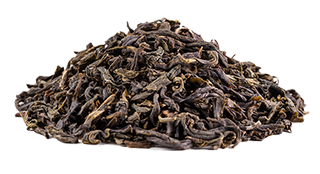
Royal Jasmine Chung Hao
Flavored green tea -
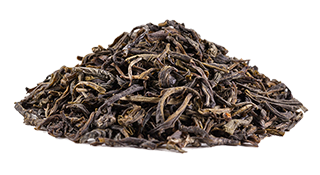
Jasmine Ting Yuan
Flavored green tea -

Jasmine Pearls Bai Yin
Flavored green tea -
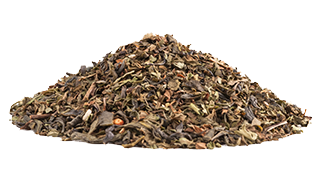
Casablanca Mint
Flavored green tea -
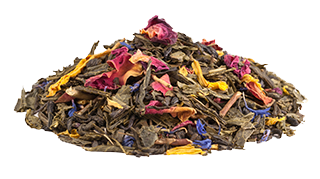
Grün Matinee
Flavored green tea -

Manon
Flavored green tea -

Ginseng Flight of Dragon
Flavored green tea -

Arabischer Sheik
Flavored green tea -

Green Iced Tea Arctic Mango
Flavored green tea
